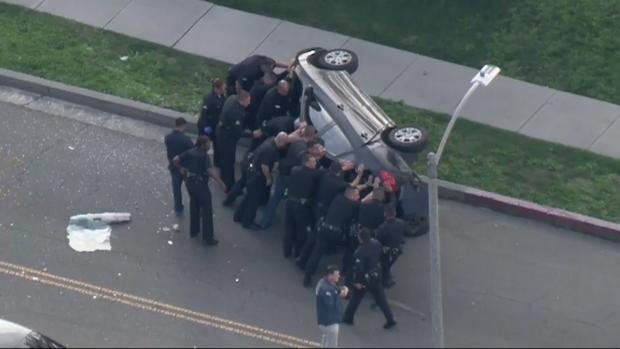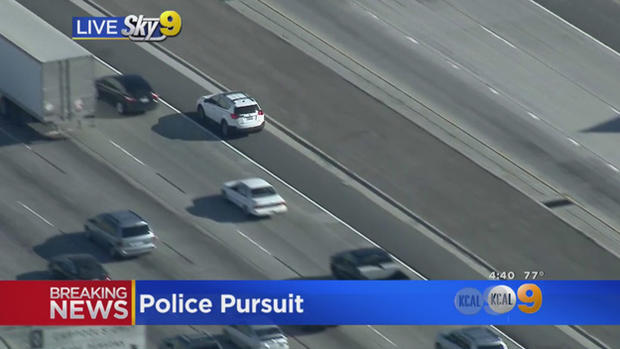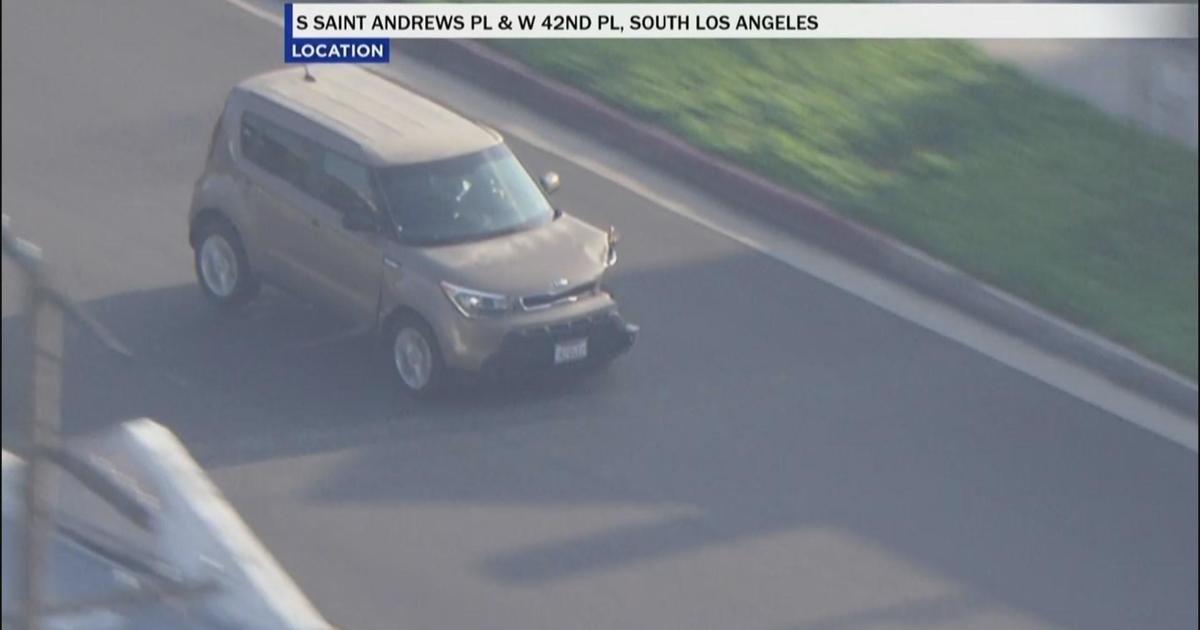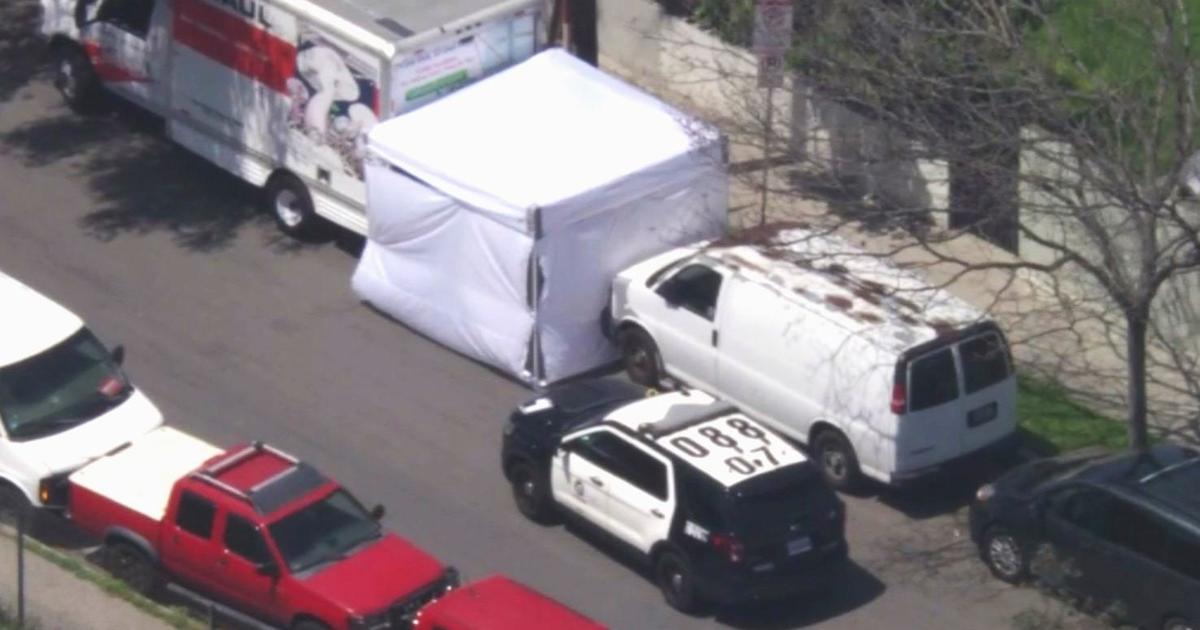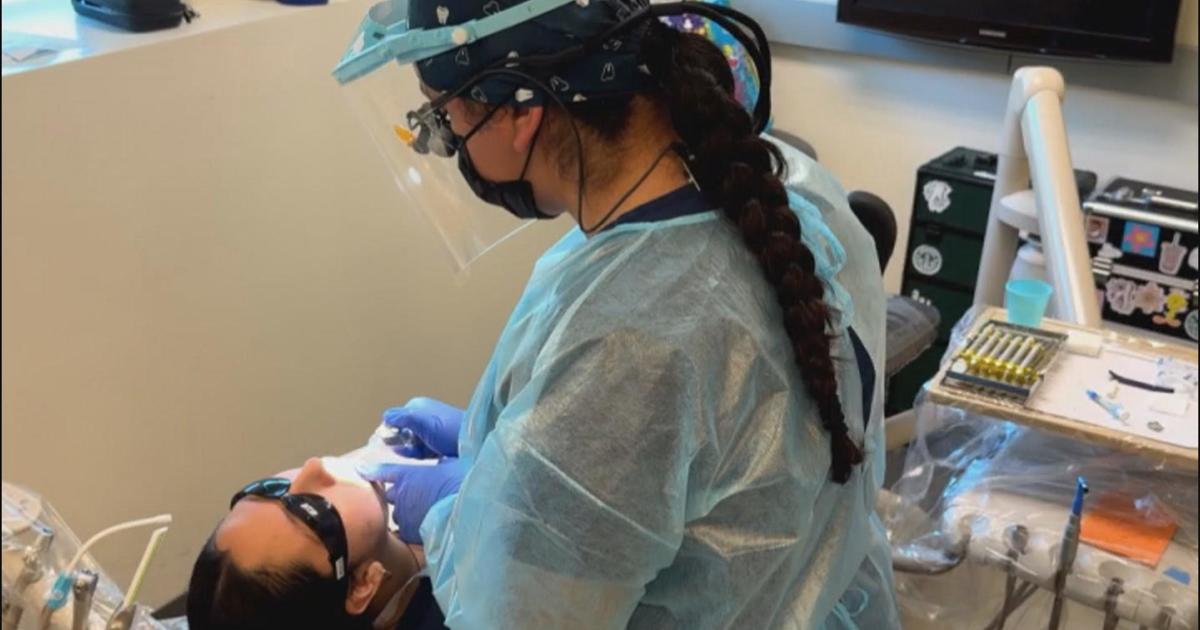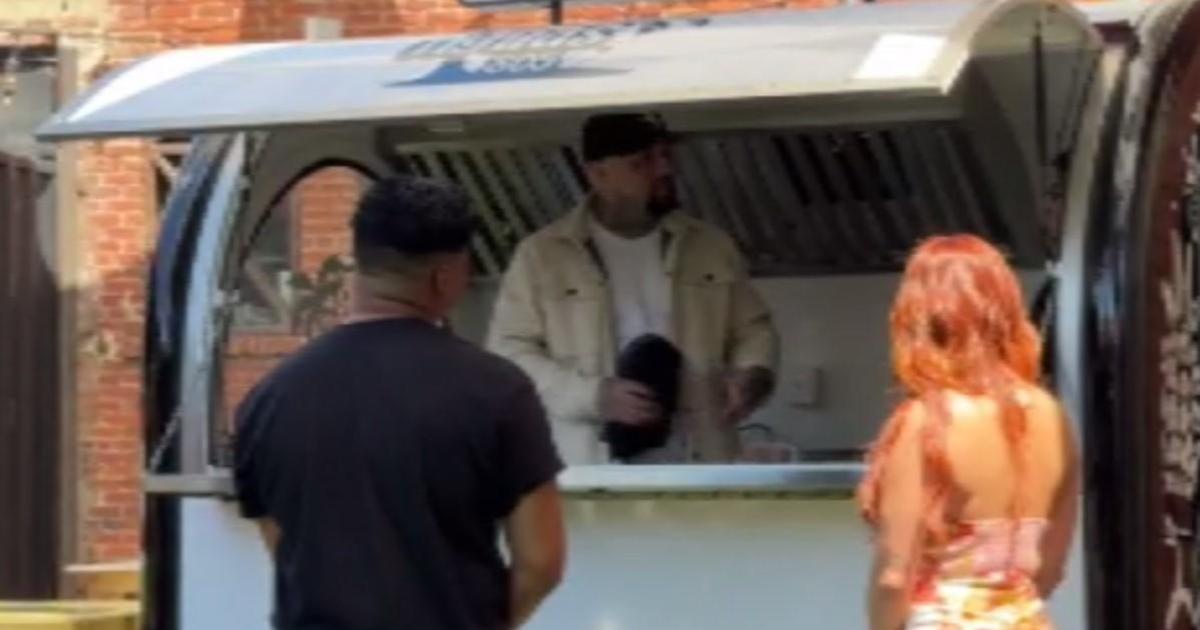Everything You've Ever Wanted To Know About Police Pursuits -- And What To Do If You're Caught Up In A Chase
LOS ANGELES (CBSLA.com) — Police pursuits are almost a daily part of life here in Southern California.
But do you truly understand everything you're seeing and hearing when you're watching one live?
CBS2's Stu Mundel, who has reported his share of chases from above, takes you inside the inner workings of a pursuit.
Whether they're high speed, or slow-speed or even no speed they're hard to miss.
Pursuits have unfortunately become so common, at times it feels like we do have one a day. Or more.
As a viewer, you hear terms like Code 3 or PIT Maneuver, but what does it all mean?
Up in the air, Mundel gets a front row seat to the action, especially the dangerous and crazy ones. He says, "We also hear about a lot of their strategies most viewers never get to hear any of that stuff, until now. "
Mundel talked with LAPD Officer Alex Penrith to talk about chases and what goes on inside an officer's mind when they're in the middle of one
First, he asked what the fascination is with pursuits.
"It's live and you don't know what's going to happen," Penrith says, "It's not a movie, it's not scripted. You have no idea what the ending is gong to be like."
The officer said law enforcement's biggest concern is safety -- for the public, the officers chasing the suspect.
"We want to stay with the suspectt, but it's far more important that we don't want to hurt ourselves or injure the public. So that's really the number one and number two. Catching the suspect is a distant third," Penrith said.
The LAPD, it turns out doesn't have cameras in their helicopters.
"So any visual we're getting we're getting from you guys," he explains.
Even the most seasoned chase-watcher might come across terms they aren't familiar with.
"A PIT is a pursuit intervention technique -- a forced rotational stop," says Penrith, "it's a touch and a push, it's not a crash, it's not a hit. We go up and make contact with the vehicle and rotate the vehicle."
And what are spike strips? "It's a hollow tube with a point on it so when the tire runs over it you're basically putting a straw into the tire," Penrith says.
The tire is not exploded even if it looks that way on camera. It's actually a slow release of air, Penrith explains.
The fact that chases are so unpredictable makes them even harder for police. And they really don't want the public interfering in a chase in any way, no matter how well-intentioned.
What would Penrith like viewers to come away with?
"I think they should understand how dangerous they are. It is a life and death type of situation. We're not in control of the situation, the suspect is steering this," Penrith says.
And he says if you're ever caught up near a pursuit with sirens blaring behind you, remember this:
"Try to pull to the right and stop like the law requires but mostly be predictable. We want to know what you're doing . The more predictable you can be with us, the easier it is and safer it is for you."
